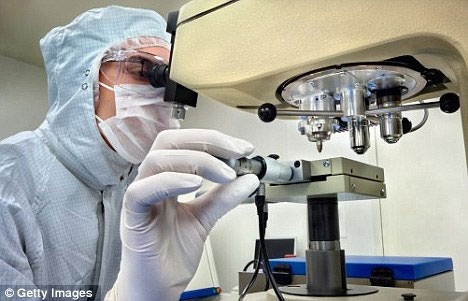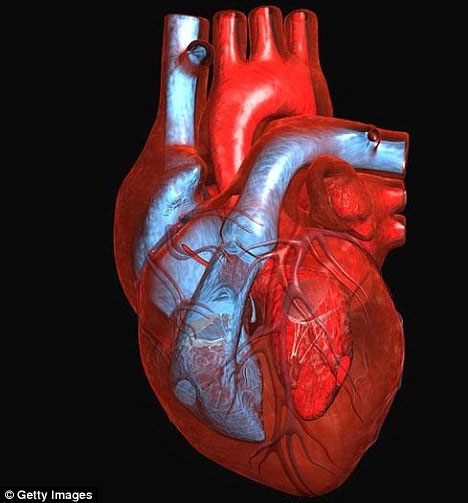Create human heart in the laboratory
Scientists have discovered more than 20 ways of developing organs in the human body. This allows many body parts to be created in the laboratory to become popular in just a few years.
They developed and implanted bladder, urethra and trachea implants into patients during clinical trials. Now, research is being done on more complex organs like the heart, kidneys, liver, pancreas and thymus gland. As a result, people can reduce waiting time for transplants as well as prolong life.

Scientists have discovered more than 20 ways of developing organs in the human body. (Photo: Dailymail)
These works were detailed at a conference on "health rejuvenation technology" at Cambridge University, according to the Sunday Times.
Professor Aubrey de Gray, who runs the conference, said: "We are witnessing a new era of medicine in which aging diseases can be prevented or even reversed. although they are still studying now, but in the near future, they will become popular '.
One of the speakers, Professor Paolo Macchiarini of Karolinska Institute (Sweden), presented a method to create trachea in the laboratory to support people with throat cancer.
It is cultured using an artificial "scaffold" frame , designed in the shape of the trachea with stem cells taken from the patient.

In the near future, the human heart will be created in the laboratory. (Photo: Dailymail)
This method promises to be able to treat thousands of patients with respiratory atrophy, Macchiarini said.
Meanwhile, Professor Doris Taylor from the University of Minnesota, created a human heart by eliminating dead cells from donated and transplanted organs.
Professor Shay Soker of Wake Forest University in North Carolina aims to study miniature human liver with rat liver and human liver stem cells.
However, scientists also added that there is one thing that can never be developed in the laboratory, that is the brain.
- Human heart culture
- Discover the process of creating a
- Breeding human heart
- Little things to know about the human heart
- Vietnamese-based scientist turns rat heart into human heart
- Feeding human heart outside the body
- Create human heart from stem cells
- The heart was first cultured from stem cells
- The 3D 'human heart' is about to become a reality
- Things that many people may not know about the heart
- Create a heart beating in a laboratory
- Australia: a breakthrough in human organ development research
 Green tea cleans teeth better than mouthwash?
Green tea cleans teeth better than mouthwash? Death kiss: This is why you should not let anyone kiss your baby's lips
Death kiss: This is why you should not let anyone kiss your baby's lips What is salmonellosis?
What is salmonellosis? Caution should be exercised when using aloe vera through eating and drinking
Caution should be exercised when using aloe vera through eating and drinking